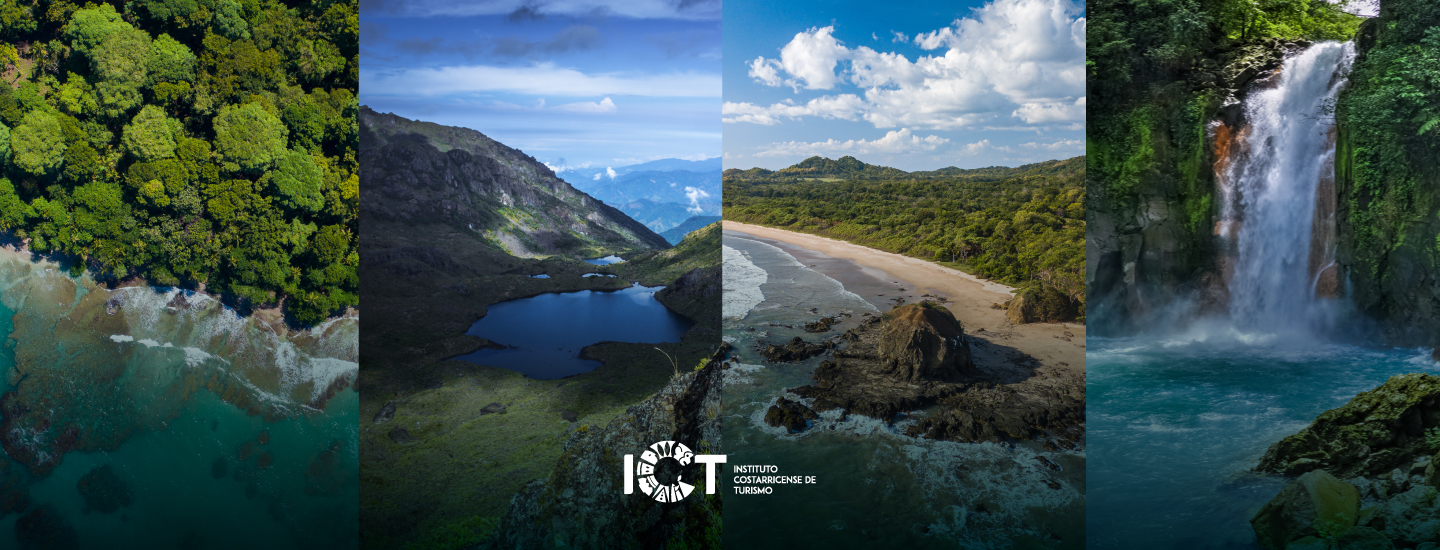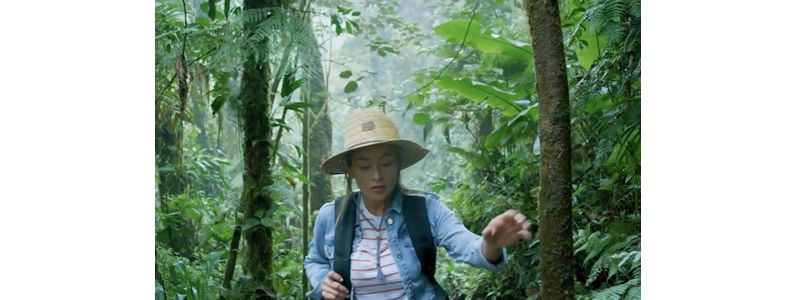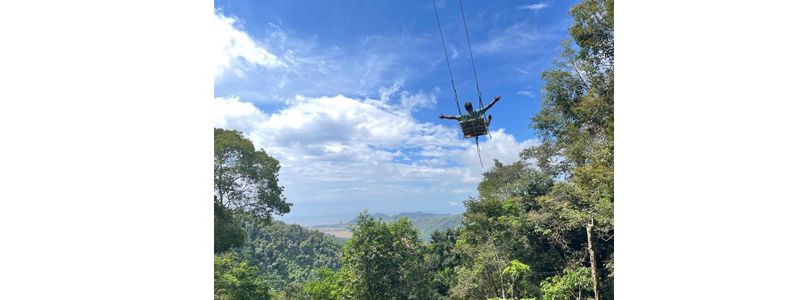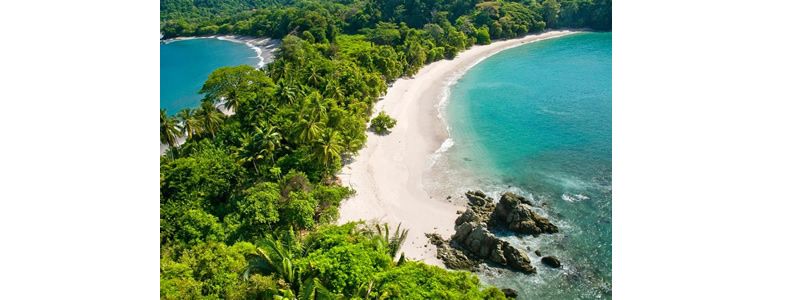Costa Rica markets itself as the perfect destination to recharge at the ITB tourism fair in Berlin
- For the first time, the world’s largest trade fair will be held virtually on March 9-12, with over 180 countries participating in the event, called ITB Berlin Now.
- Over 20 companies from the Costa Rican tourism sector will participate, including hotels, tour operators and travel agencies.
March 9, 2021- Aiming to position Costa Rica as the ideal destination to recharge and a natural sanctuary for reconnecting with the essential things in life, 20 Costa Rican tourism companies will participate in ITB Berlin Now 2021, held virtually for the first time in the trade fair’s history.
This year’s ITB, the German trade fair that is considered the world’s largest travel and tourism event, will have participants from over 180 countries and over 10,000 exhibitors. For its new virtual format, the trade fair will launch a new virtual platform for meetings, business and showrooms on March 9-12.
Acknowledging the global impact of the pandemic on tourism, the organizers have chosen the slogan “Your Time is Now”. As the event’s General Director, David Ruetz, said in a statement on the ITB’s official website, “this is more than the new normal. This is the chance for new impact” in the tourism industry. The event is designed to take the pulse of the industry as it looks toward the future.
“Participating in ITB Berlin Now, the first digital version of the international trade fair, is a product of the new normal,” said Ireth Rodríguez, Head of Promotion of the ICT. “Without a doubt, it is an opportunity that will allow Costa Rica to remain front of mind for potential tourists from Germany and reinforce our country’s position as the ideal destination to recharge in a natural setting, a sanctuary of wellness with sustainability as a cross-cutting theme.”
“The international trade fairs section of the ICT has moved quickly to adapt to participation in this new format of virtual trade fairs,” added Rodríguez. “In addition, this virtual negotiation platform at the world’s largest trade fair will allow 20 tourism leaders from the private sector to showcase the best of the country’s tourist offer and make closer connections with partners from Europe, one of our main tourist-sending markets from which we hope to see an upturn in the coming months.”
Global promotion showcase
“We must continue to promote tourism in the country with greater energy than before, especially when participating in the ITB, the world’s largest tourism trade fair,” said Álvaro Arguedas, Executive President of Armotours, a tour operator specialized in the German market. “This year’s event going online represents a challenge that participants from around the world need to adapt to. The presence of Costa Rican tourism companies is important to strengthen the message that Costa Rica is the ideal destination for 2021 and that we are ready with all the protocols in place to receive European clients with every security measure in a destination with flexibility and beauty.”
The Minister of Tourism, Gustavo Segura Sanco, participated in the TB Future Track roundtable today at 7:00 a.m. (CET), taking the opportunity to speak about Costa Rica’s ongoing efforts to implement health protocols and how the destination is putting the holistic and sustainable wellness concept of “Pura Vida” into practice.
According to the ITB organizers, the negotiation platform will remain open until May 31. A series of conferences are planned over the four days of the main event, which will focus on new trends and the future of the tourism industry following the onslaught of COVID-19.
This special event will be attended by 20 Costa Rican businesses, which include hospitality companies, tour operators and vehicle rental agencies, as follows: Hotel Fiesta Resort, Imágenes Tropicales, Costa Rican Trails, Horizontes Nature Tours, Hotel Capitán Suizo, Amadeus Travel Agency, Il Viaggio Travel, Playa Nicuesa Rainforest Lodge, Travel Excellence, Swiss Travel, Armotours S.A., Go Tours, Sensoria, Costa Rica Dream Travel Corporation S.A., Destination Costa Rica, Ara Tours, Green World Adventure, Hotel Parador Resort & Spa, Hotel San Bada and Best of Costa Rica.











